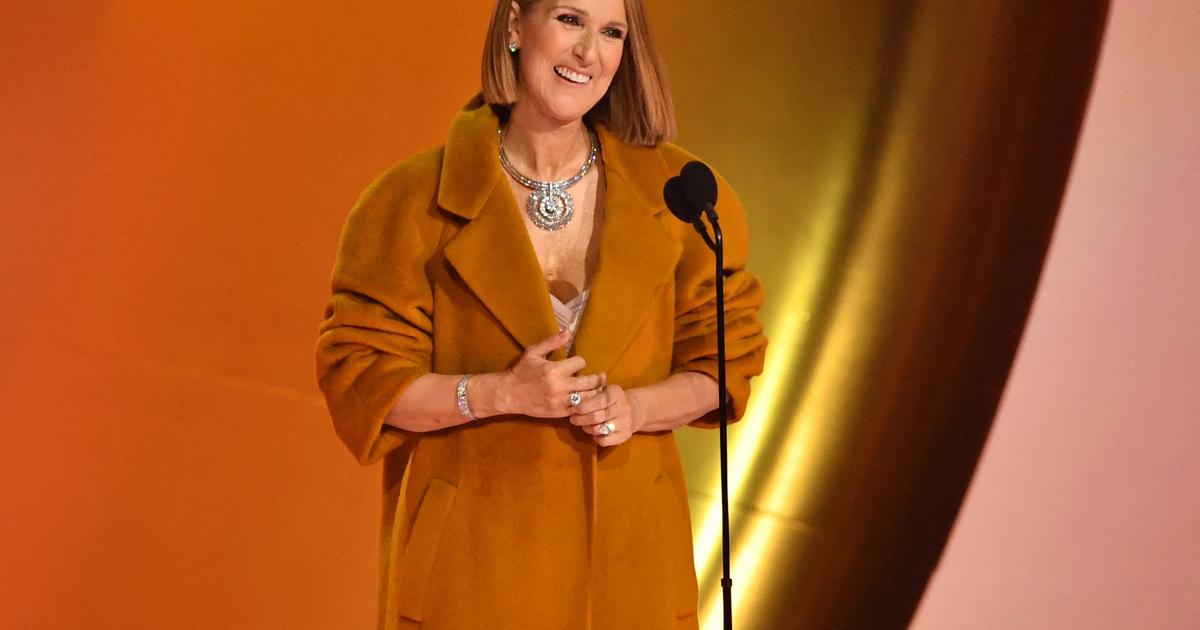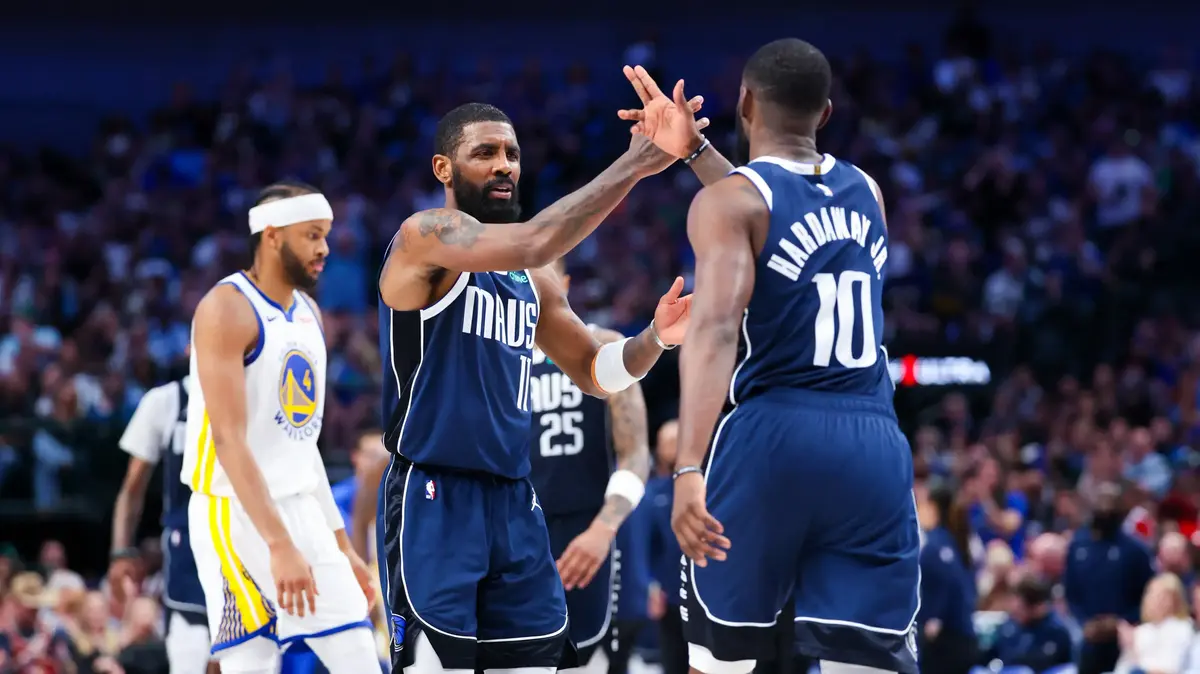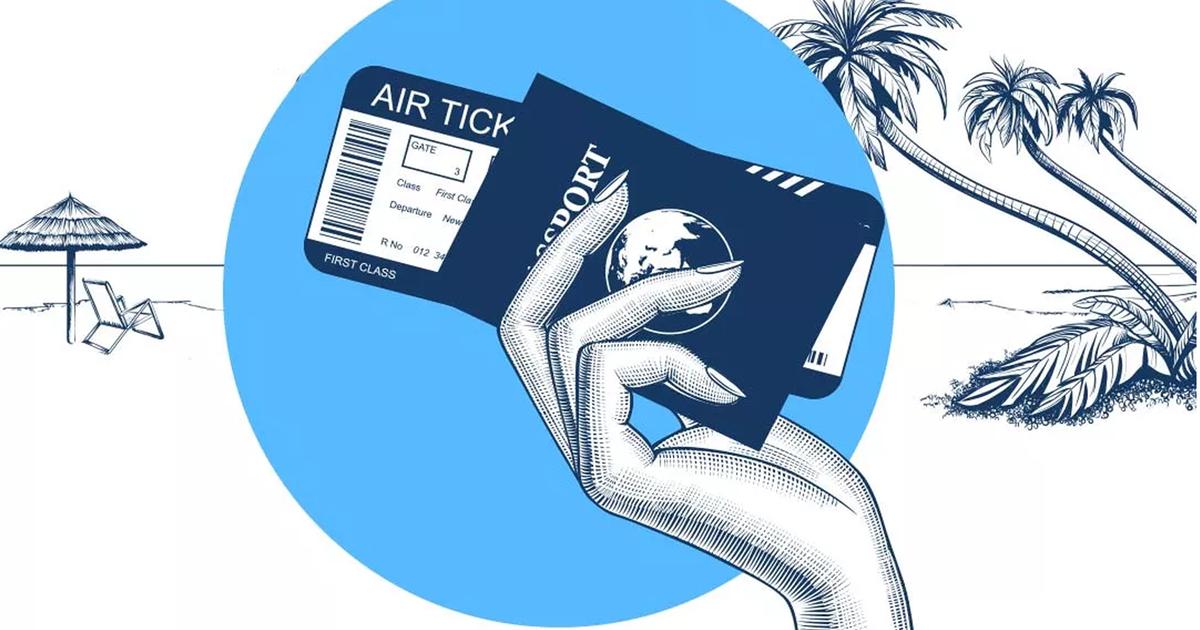By Alicia Victoria Lozano - NBC News
Every minute ten people on average test positive for COVID-19 and every six minutes someone dies from the disease in Los Angeles, according to county public health data.
The alarming numbers come as California's most populous county is fast approaching
1 million confirmed coronavirus cases
since the pandemic began in March last year.
According to county public health officials, more than 958,400 people have been infected with the virus and nearly 13,000 people have died in Los Angeles as of Wednesday.
The numbers are equally worrisome across the state
.
California has nearly 2.8 million confirmed coronavirus cases and more than 31,000 deaths as of Wednesday, according to NBC News counts.
The new variant of the virus has also been detected in the state.
[Follow our coverage on the coronavirus pandemic]
Epidemiologists and government officials face an uncomfortable question as the COVID-19 crisis in Los Angeles grows rapidly:
How did Los Angeles become the center of the pandemic?
"Los Angeles is a fairly large and complex county with factors like overcrowding, poverty and a large essential workforce," said Kirsten Bibbins-Domingo, an epidemiologist at the University of California, San Francisco.
"Those things came together at a time during the pandemic in which
we also see a lot of fatigue
and decreased adherence to the basic things one has to do to stay safe, like wearing a mask," added the doctor.
In many ways, Los Angeles was uniquely vulnerable to the crisis.
Pandemic exhaustion set in as cooler weather and shorter days approached, making
outdoor activities less attractive
even in a state known for its temperate climate.
This, coupled with vacation travel, meetings, and a large essential workforce, with many people living in the same household, created a host of problems.
[Disneyland, stadiums, and other massive venues to vaccinate as coronavirus deaths break records]
"At least the way this virus is being transmitted, you don't need to have an urban density like Hell's Kitchen," said Dr. George Rutherford, also an epidemiologist at the University of California, San Francisco.
"
Los Angeles has small family homes with a lot of people in them
. It's hard to be a gardener who works from home," he added.
The convergence of environmental factors continues to confuse public health officials, who have repeatedly warned that
the next few weeks of the year could be the worst
of the pandemic as the post-holiday surge continues.
County public officials on Monday issued new recommendations for essential workers and people making essential purchases to
wear face masks inside their own homes
to avoid infecting family members, especially those with high-risk conditions.
"One of the most heartbreaking conversations our healthcare workers share is
when children apologize to their parents and grandparents for bringing COVID-19
into their homes, for making them sick," said Hilda Solís, president of the Board of Supervisors of the Los Angeles County.
"These apologies are just some of the last words loved ones will hear when they die alone," he added.
The United States exceeds 23 million cases of coronavirus
Jan. 14, 202102: 13
According to Los Angeles public health officials, the recent spike in cases began in early November, shortly after private gatherings were allowed, hair salons reopened, the Dodgers won the World Series and the weekend. of Halloween.
The county was forced to resume restrictions
first enacted in the spring, including ending cookouts, limiting the number of people allowed inside essential businesses, and banning gatherings, both in the inside and outside of the houses.
A modified stay-at-home order was issued by Thanksgiving, but by then the cases were increasing exponentially.
"Once you're behind the 8 ball, it's hard to put the genie back in the bottle," Bibbins-Domingo said, "that's the situation you don't want to be in."
That's the scenario that is currently unfolding in much of Southern California, where hospitals are still filled with COVID-19 patients.
According to Los Angeles Public Health Director Barbara Ferrer, the county has seen a 1,000% increase in coronavirus cases since Nov. 1.
[United States will require a negative COVID-19 test for international travelers]
"Everyone should be aware that transmission rates in the community are so high that you run the risk of exposure every time you leave the house," he said during a news conference last week.
"
Let's assume that this invisible, deadly virus
is everywhere, looking for a willing host," he said.
But almost a year after the pandemic, pandemic fatigue seems to be everywhere.
Conflicting messages from government leaders have only worsened
the feeling of tiredness, experts say, starting with the federal government's early easing of coronavirus restrictions and working its way down to state and municipal levels, where opinions about establishments that should stay open and those that should stay closed can vary widely.
"The federal government has to deal with the contradiction in the message and the resistance it generates," Rutherford said.
Experts also speak of the confusion and frustration that stemmed from the strict stay-at-home orders that were issued early in the pandemic when California had relatively few coronavirus cases.
Los Angeles hospitals can't keep up and ambulances must select which patients to take
Jan. 5, 202102: 13
Unlike New York City, which closed after cases skyrocketed, Los Angeles pre-emptively closed many businesses and limited outdoor activities before experiencing such a surge, causing some residents and local leaders to question efficacy. of restrictions.
"You
have to think about the psychology behind this
," Bibbins-Domingo said, "when you see the devastation that New York experienced at the beginning, it is easier to implement strong public health strategies. It is much more difficult to do it in 10 months. when people are tired. "
Despite the deadly wave of infections,
protesters took to the streets this month
, calling for the reopening of California's economy and encouraging people to challenge the state's mask-wearing mandate.
Part of the resistance occurred as a result of
the rulers disobeying the very rules they wanted to impose
.
Governor Gavin Newsom and San Francisco Mayor London Breed, both Democrats, were photographed last year dining inside a restaurant in the wine country, while House Speaker Nancy Pelosi was seen cutting herself. hair even though many hair salons remained closed across the state.
[The Government extends vaccination to all those over 65 and people with health risks due to the coronavirus]
The reaction was swift throughout California.
Small business owners protested the stay-at-home orders, and a withdrawal effort against Newsom quickly gathered steam.
The Orange and Riverside County Sheriff's Departments indicated that enforcement of the stay order would not be prioritized, while some San Diego and Los Angeles restaurants have been openly defying the stay-at-home order for weeks.
For Bibbins-Domingo, the biggest obstacle to reducing the transmission rate is convincing people that their actions can save lives: "If we cannot accept and understand how our destinies are tied, we will not return to normal."










/cloudfront-eu-central-1.images.arcpublishing.com/prisa/KMEYMJKESBAZBE4MRBAM4TGHIQ.jpg)


